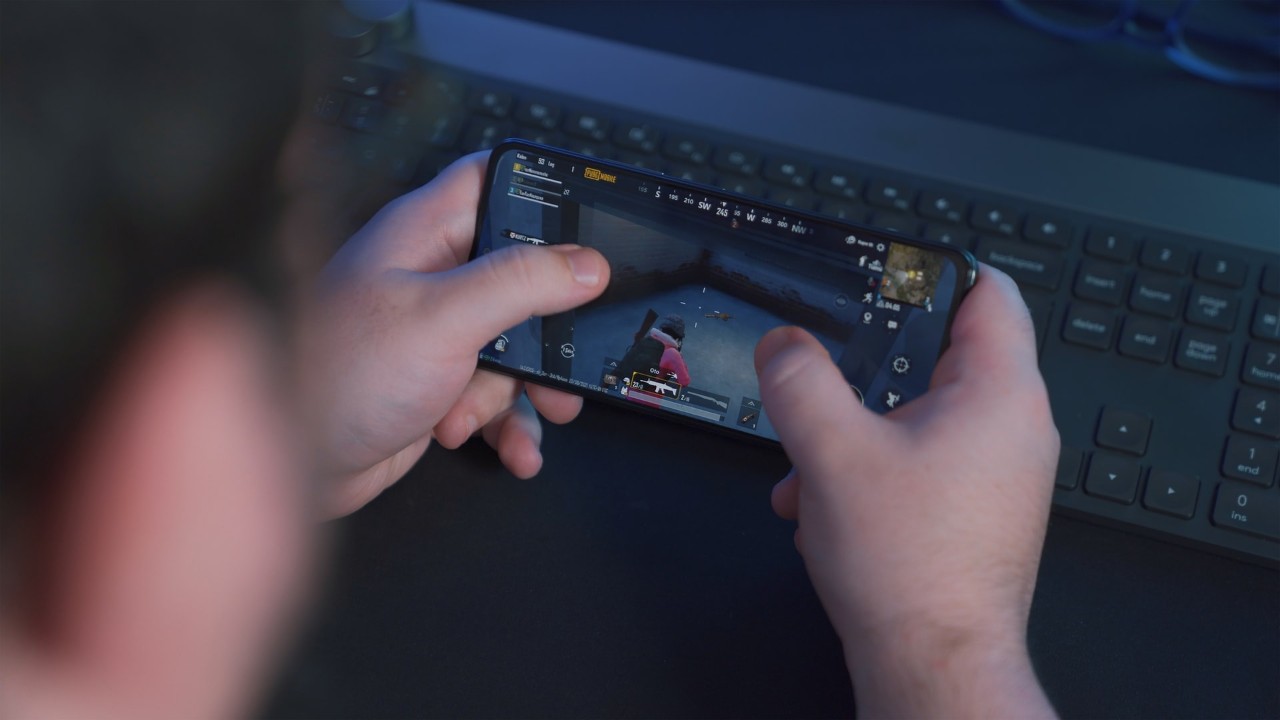
Survey: ‘Tweens’ increased media use during the 2020 pandemic summer
UC children’s media expert identifies how media use changed during height of COVID-19
“Put down your phone” is a common parental phrase, the modern-day equivalent of “turn off the TV.” That’s because parents have long thought that staring at a screen for too long will have a detrimental effect.
However, parental concerns about media use appeared to take a backseat in 2020, when COVID-19 forced parents to make accommodations for children who were spending more down time at home and less time in social settings.
“For years, many media scholars have begged adults to look beyond just the amount of time children use media and look at what they are doing with it and how it was impacting their lives,” says Nancy Jennings, professor and children’s media expert at the University of Cincinnati’s School of Communication, Film and Media Studies.

The survey found that boys played more video games than girls, which was consistent with pre-pandemic findings. Photo: Onur Binay/Unsplash.
From the survey, which appears in appears Psychology of Popular Media, Jennings found:
- The majority of parents (83.7%) reported that their children were using media more during COVID-19 than before.
- One in five parents (21.2%) indicated that they had made a purchase of a household media device during COVID-19 and the most often reported purchases were for computing technologies such as laptop/desktop (25.5%) and Chromebooks (17.1%).
- During the COVID-19 summer of 2020, 19.5% of parents reported creating a social media account for their child. Of the platforms, parents most frequently allowed their child to create a TikTok account (25%), followed by Facebook Messenger (23%) and Instagram (17%). Parents reported that nearly half of the accounts were created for girls (47.6%) and 9- to 10-year-old children (45.7%).
- Established patterns of media use by gender before the pandemic were maintained. Boys continued to play video games, and girls watched videos.
- Parents who were more worried about the pandemic indicated their tween used media more overall and spent more time on a laptop or desktop computer than before COVID-19.

Nancy Jennings studies the impact of media on the lives of children and their families and public policies and practices involved with children’s media.
“With more tweens using media during the pandemic than before, it is more important than ever to reconsider our notions of ‘how much’ is ‘too much’ and really focus on what they are getting out of this use,” says Jennings, who, as director of UC’s Children's Education and Entertainment Research (CHEER) Lab, studies the impact of media on the lives of children and their families and public policies and practices involved with children’s media.
For some, Jennings says, media helped tweens connect with their peers at a time when they were isolated in their homes. For others, it was a place to find distraction from the scariness around them and occupy their time.
Recognizing that children under the age of 13 years are technically not permitted to use many social media platforms like TikTok and Instagram according to the terms of use by these platforms, Jennings says that on one hand it makes sense as a way to stay connected to friends and family. “On the other hand, parents should carefully consider how their child will use the platform and what rules to establish with their tween about social media use.”
In conclusion, Jennings says that researchers “need to take a deeper look at our kids’ media use and move beyond the sheer quantity of time spent with media.”
The study was funded by the Charles Phelps Taft Research Center at the University of Cincinnati.
Featured photo at top: Unsplash
Impact Lives Here
The University of Cincinnati is leading public urban universities into a new era of innovation and impact. Our faculty, staff and students are saving lives, changing outcomes and bending the future in our city's direction. Next Lives Here.
Related Stories
College student’s guide to pursuing intellectual property
May 7, 2025
UC students turn to the school’s Technology Transfer office to discover if their ideas or work can be considered intellectual property, if it should be protected and, if so, what options exist for doing so.
1819 startup flies high after national pitch
May 7, 2025
Airtrek Robotics, an 1819-based startup revolutionizing aviation safety, is soaring due to the positive publicity and valuable insights it gained during South by Southwest’s pitch competition.
Modern tech unlocks secrets of ancient art
May 7, 2025
A Classics researcher at the University of Cincinnati is using state-of-the-art technology to learn more about the mass production and placement of votives in ancient Greece.
